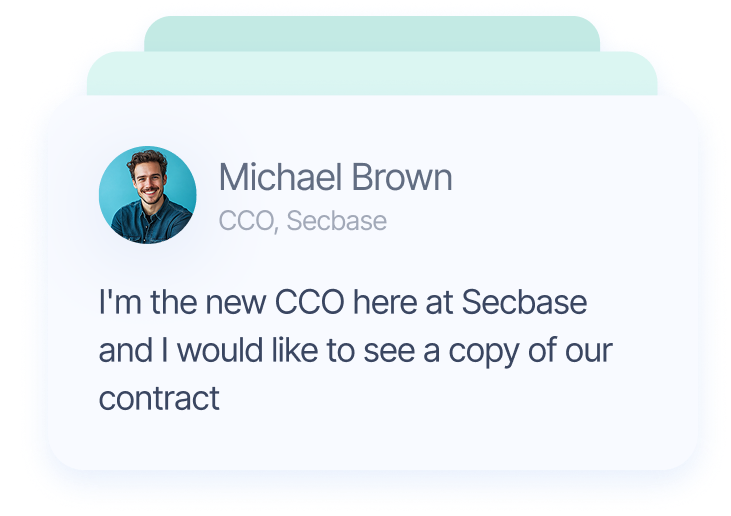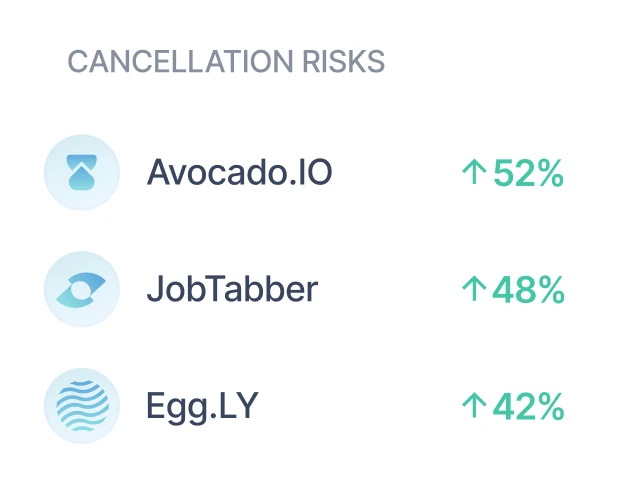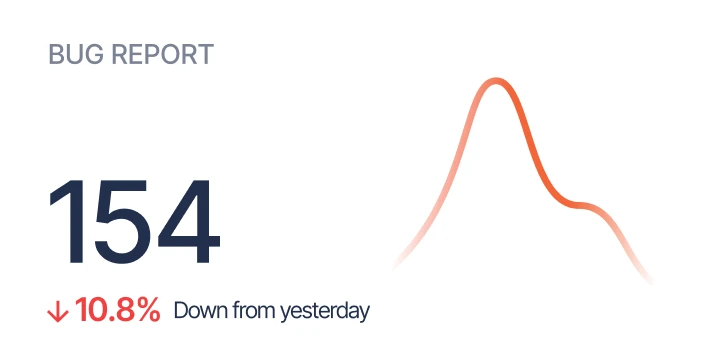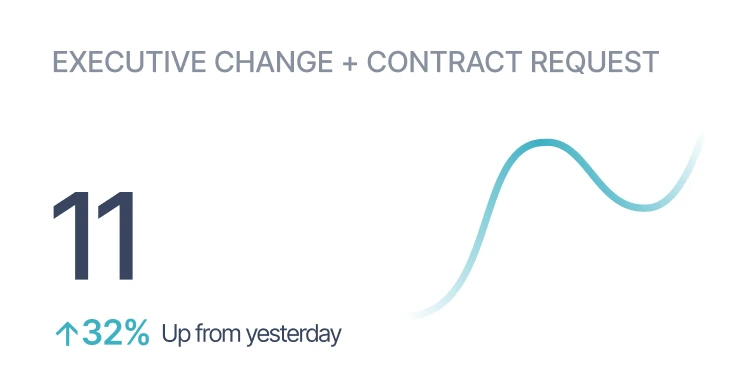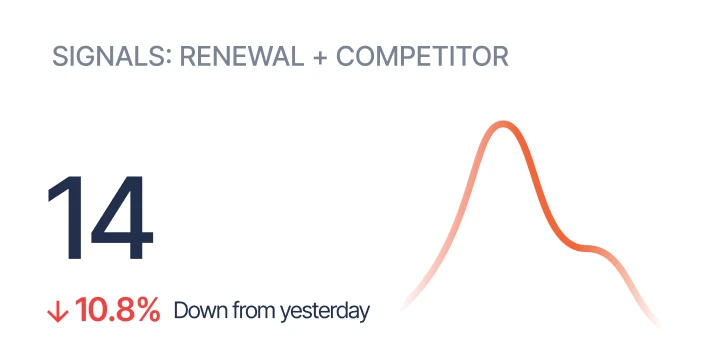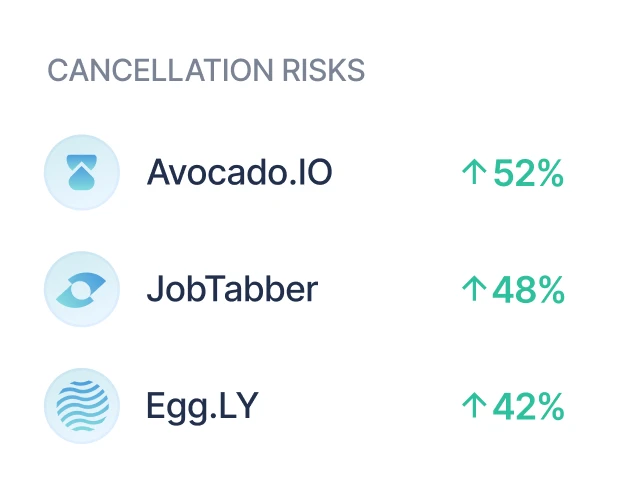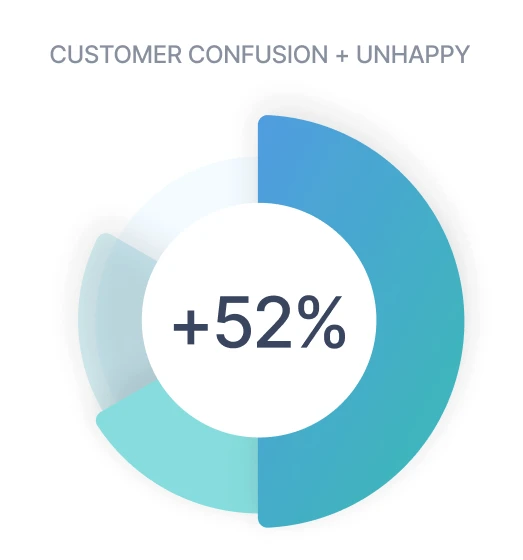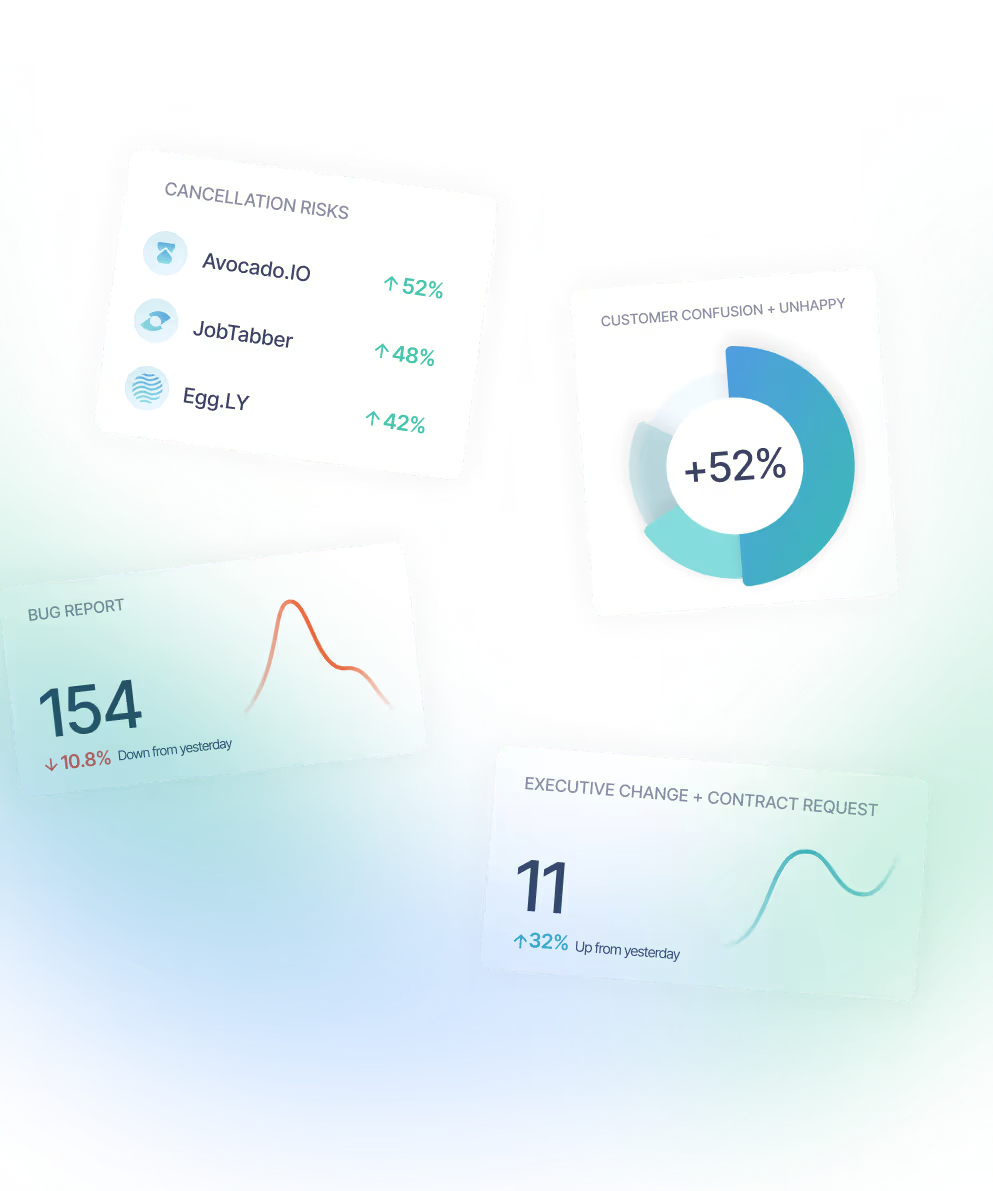Customer health scoring is one of the most operationally consequential challenges in subscription-based businesses. Revenue retention, expansion opportunities, and churn prevention all depend on accurately gauging whether client accounts are thriving or at risk. Traditional methods rely on partial datasets or manual scoring, often producing delayed or incomplete insights. Sturdy consolidates dispersed customer feedback into a single system of intelligence, applies machine learning to detect risks and opportunities, and delivers real-time signals that organizations can operationalize. Its impact can be understood in how it redefines three dimensions of customer health scoring: comprehensive data aggregation, predictive analytics, and actionable automation.
Aggregating cross-channel customer data
Effective health scoring requires complete visibility into customer interactions. Sturdy ingests unstructured data such as emails, support tickets, chats, meeting transcripts, survey responses, and Slack conversations, then consolidates these with structured CRM and usage data in a centralized system [1]. By transforming these silos into a single searchable environment, the platform eliminates the operational delays associated with fragmented systems. A case study example shows that one organization previously captured feedback from only 5 percent of its customers before adopting Sturdy, after which it aimed to capture 95 percent more [2]. This breadth of coverage lays the foundation for a precise, data-rich customer health score rather than one based on small samples or selective metrics.
Applying AI to detect churn risk and revenue signals
Customer health scoring must move beyond raw visibility into predictive insight. Sturdy applies natural language processing and machine learning to identify churn triggers, feature requests, contract change signals, or service dissatisfaction patterns across thousands of inputs [3]. This approach aligns with industry conditions where B2B SaaS churn averages 3.5 percent monthly [4], creating strong pressure to identify risks before they appear in financial statements. By anonymizing data and scanning broad datasets without manual tagging, Sturdy accelerates the detection cycle from weeks to moments, allowing customer health scores to represent predictive risk states rather than only historical status.
Delivering real-time notifications and automations
Insights only influence operational outcomes when they enter the tools and rhythms of daily work. Sturdy connects its scoring signals into Slack, Jira, CRM systems, and other operational platforms through no-code automation and APIs [5]. This allows health signals such as potential churn or expansion opportunity to arrive as actionable alerts in existing workflows. One executive observed that these integrations enable leaders to preempt customer issues and pursue revenue opportunities within the same quarter [5]. Such immediacy strengthens the practical value of health scoring, shifting it from retrospective reporting into active decision-enablement for revenue and operations teams.
Applied scenario
A subscription software provider integrates its customer communications and support pipelines into Sturdy. Within weeks, signals begin surfacing that a major client account has repeatedly requested contract adjustments and lodged escalating support tickets. Instead of waiting for renewal season to realize risk, the health score for that account trends downward and an alert routes directly to the revenue and customer success teams in Slack. Interventions follow: a dedicated support resolution task is logged, and the account team is able to address issues before contract renewal discussions. The health score then rebounded, and the client later committed to expanded product usage. This illustrates how operational workflows are directly informed by automated health scoring rather than delayed subjective reviews.
Interpreting the impact
Sturdy transforms customer health scoring from a fragmented, manual exercise into an integrated analytical process. By aggregating diverse feedback channels, applying machine learning to extract predictive signals, and pushing alerts directly into operational systems, the platform enables organizations to quantify risk and revenue potential in real time. Enterprises investing in such intelligence align with broader market trends, where customer success platforms are projected to grow to 5.89 billion USD by 2030 at a compound annual growth rate of 21.8 percent [6].
Next considerations for organizations evaluating customer health scoring include:
- Identifying the completeness of their customer interaction coverage to ensure robust scoring inputs
- Evaluating how real-time notifications can shorten intervention cycles
- Quantifying the revenue impact of improved retention and expansion through modeled ROI scenarios
References
[1] sturdy.ai • [2] sturdy.ai • [3] martech360.com • [4] hostinger.com • [5] learn.sturdy.ai • [6] grandviewresearch.com
